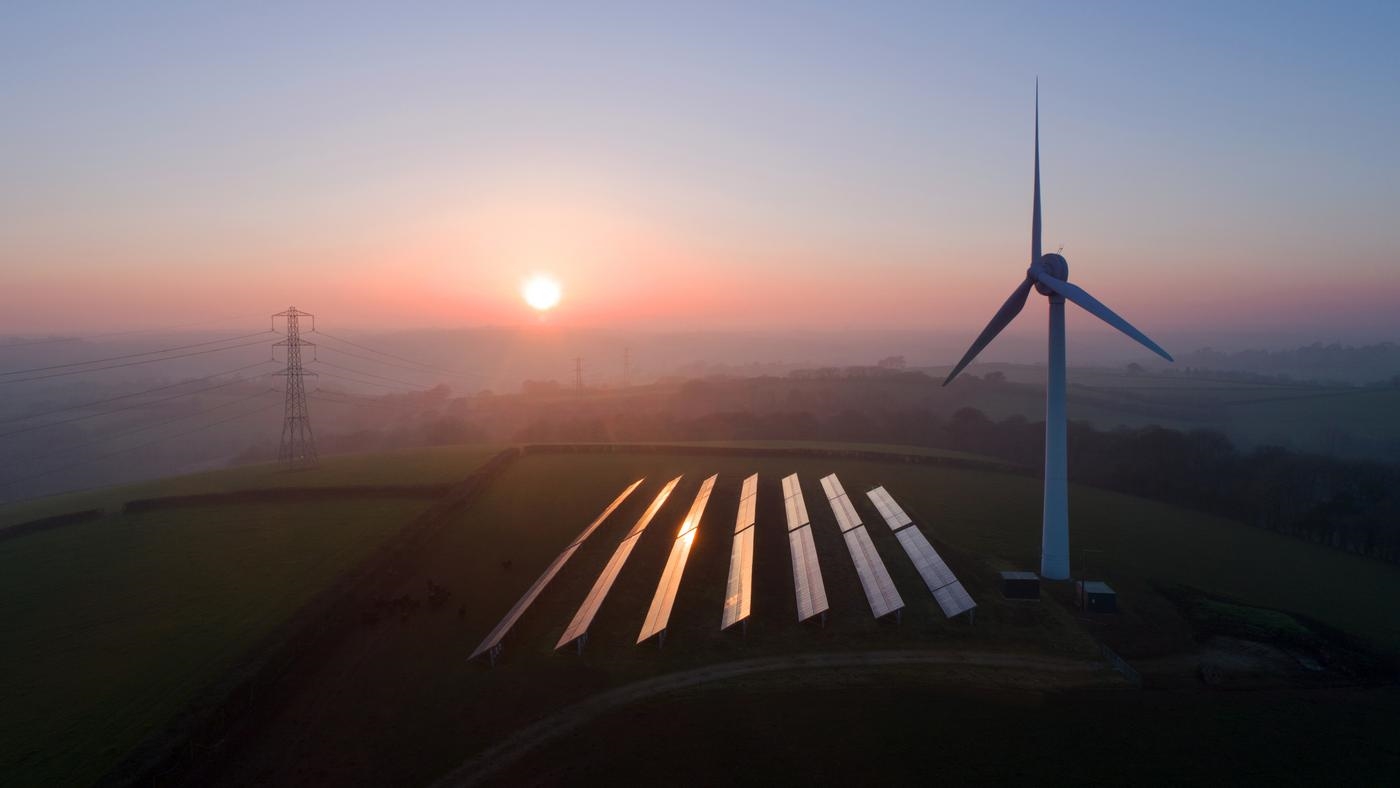Get in touch
-
Mark Thomtonmark.thomton@woodmac.com
+1 630 881 6885 -
Hla Myat Monhla.myatmon@woodmac.com
+65 8533 8860 -
Chris Bobachris.boba@woodmac.com
+44 7408 841129 -
BIG PartnershipWoodMac@BigPartnership.co.uk
UK-based PR agency
India’s new deepwater supply could face pressure from low spot LNG prices
1 minute read
India’s new deepwater gas production could be under pressure from low spot LNG prices, says Wood Mackenzie.
Deepwater is expected to drive India’s gas production growth, adding over 1 billion cubic foot per day (bcfd) of new supply by 2023. However, only 15% or 200 million cubic feet per day (mmcfd) of this supply has been contracted to date. With market demand impacted by Covid-19, and low spot LNG prices expected to persist at least until 2022, the full commercialisation of these deepwater volumes is at risk.
Wood Mackenzie principal analyst Alay Patel said: “Gas from the deepwater fields will be sold in Andhra Pradesh and the much larger Gujarat/Maharashtra where it will compete against spot LNG directly. The critical period for producers will be the 2020/2021 period when spot prices are set to remain low.
“We estimate that around 35% of uncontracted volumes in 2022 are at a higher risk of being replaced by spot LNG.”
The eastern states of Andhra Pradesh and Telangana do not have access to LNG, with the regional pipeline network supplied primarily by ONGC and Reliance’s fields at Kakinada port. With no competition from spot LNG, sellers only need to ensure that gas prices are viable for industrial or power consumers who can absorb incremental volumes.
The western region of Gujarat and Maharashtra, however, remains mature and competitive due to robust LNG storage and pipeline infrastructure, along with ready access to LNG and domestic gas supply. The next 176 mmcfd of deepwater gas which is going to be marketed will be costlier than spot LNG at 8.4% indexation (at well-head) after adding the East-West pipeline tariff.
Wood Mackenzie senior analyst Vidur Singhal said: “Indian gas buyers have generally preferred oil-linked contracts which tend to be more transparent and less volatile vis a vis gas hub or spot LNG prices.
“However, procuring spot LNG mitigates the risk of ‘take or pay’ obligations compared to the new deepwater domestic gas contracts, as buyers are indebted to pay for a minimum 80% of contracted gas volumes regardless of seasonal demand changes. Historically, price-sensitive Indian buyers have increased spot purchases when prices drop, and we see this trend playing out through next year.”
LNG appears to be more competitive economically compared to deepwater domestic gas over the next two to three years. However, not all volumes are at equal risk. Regional market, upstream competitiveness and strategic decisions of buyers will influence the level of spot which replaces domestic gas.
Patel said: “Upstream companies might have to face difficult decisions when they auction their volumes through to 2022. Either accept lower prices and consequently low returns or delay sales until the prices are more attractive.”





